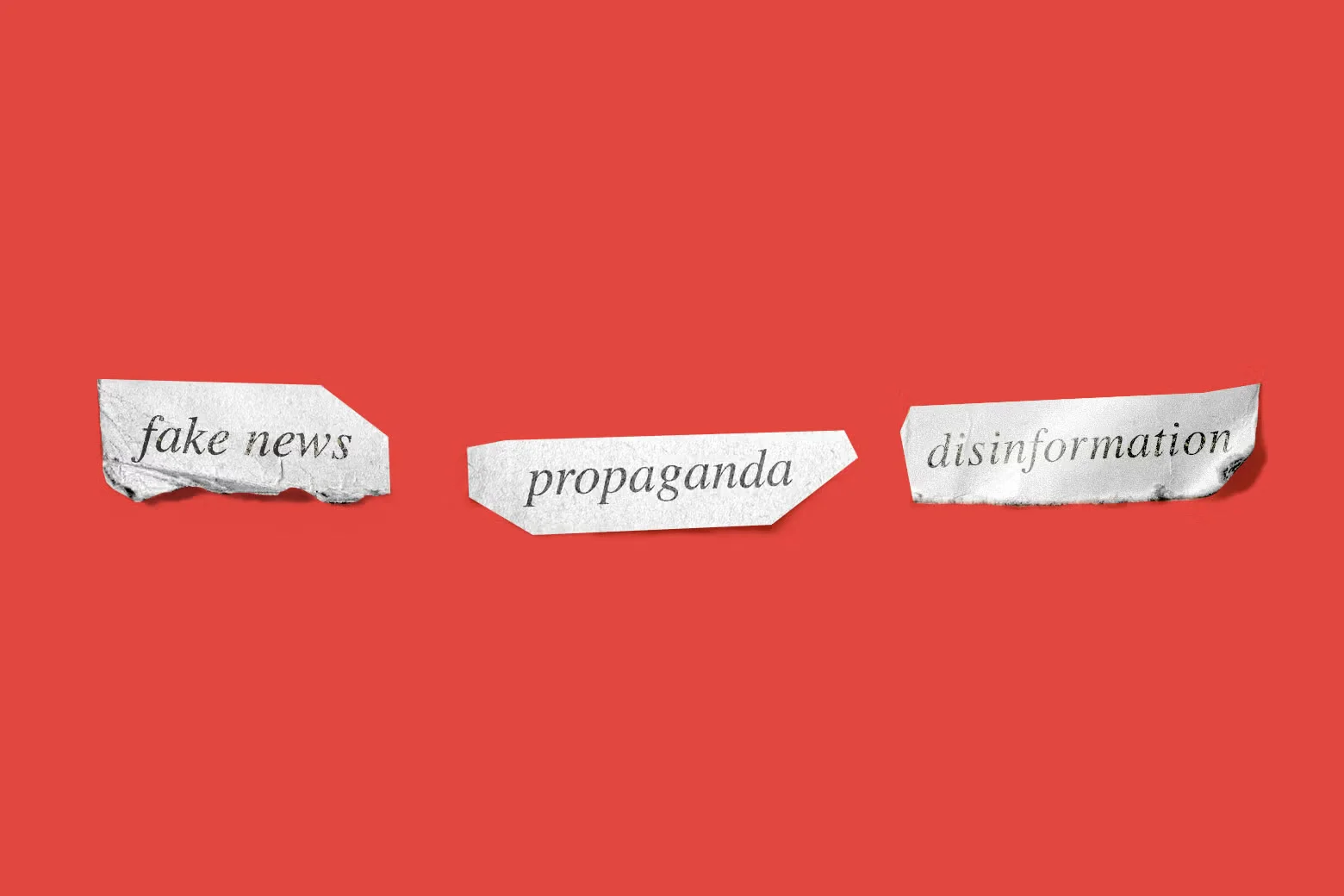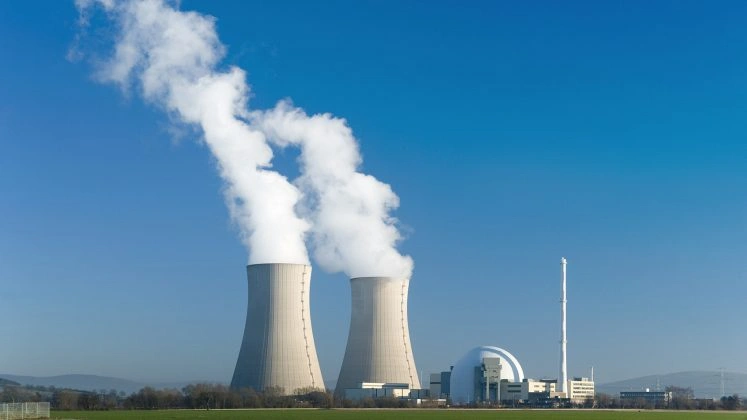Dam Blasted to contain flooding
With more than 24 million people affected, over 140 reported dead or missing due to flooding in China. Authorities in Anhui province (China) demolished the barrier on the Chu River. This was because water levels began to rise due to heavy rainfall. The blast is said to reduce the level of the Chu River by 70 centimeters, or 28 inches.
The Chu River Blast
Furthermore, authorities are diverting water to backup reservoirs as water levels inched close to historic highs. According to local authorities, ensuring the safety of people living nearby was the first priority. Moreover, a total of 35 rivers and lakes in Anhui saw high water marks exceed warning levels by Saturday noon. Including the Yangtze and Huaihe rivers, reported the official Xinhua news agency.
Other similar measures
“Affected by continuous downpours and upstream flows, the water level of the Chu river, a tributary of the Yangtze River, has moved from a slow rise to a sharp one,” local media reported on Monday.
Water was also being channeled into two downstream storage ponds, according to Chinese media. Three floodgates, on Gorges Dam also opened over the weekend. As water levels rose more than 15 meters above flood level. Last week soldiers erected sandbag flood barriers in a city near Poyang Lake. This is China’s largest freshwater lake. The sandbags helped contain rainwater. Moreover, this season has seen the heaviest rainfall in nearly six decades drenching the Yangtze River basin.





